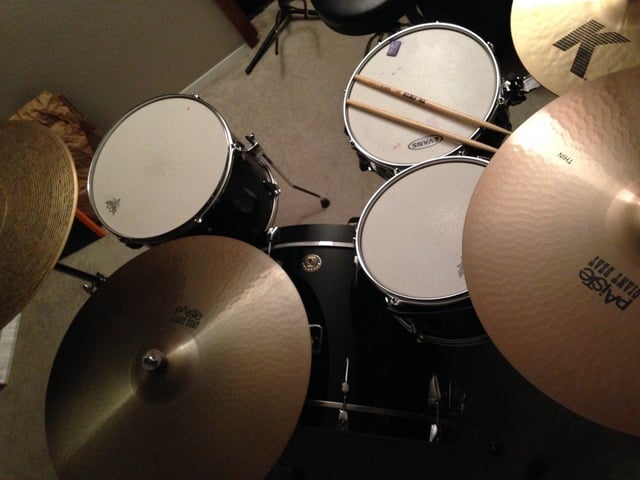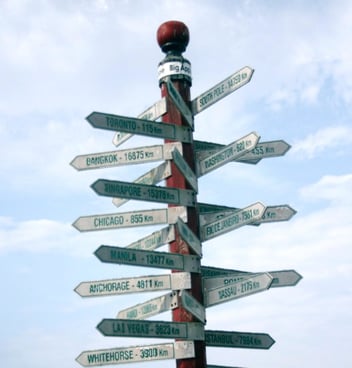
The picture for this article was taken from above the far corner of the music room at my house. This is my drum kit. Now, I should say at the outset that I am not a good drummer. No one would mistake me for a professional and I have no designs on making a living from playing. I consider it a success that the people who listen to my playing do so with a “bemused tolerance."
But I cherish the exercise. I love the challenge of subdividing my brain to get my limbs to move independently of one another — all the while working towards a cohesive overall pattern. I love the intense concentration of trying to master a new technique — which will eventually become almost unconscious once I’m in the moment of performance with a band. There’s also something delightfully absurd about a grown man hitting things with sticks and calling it “artistic expression.”
But the reason I bring up drumming is because I think music is such a great metaphor for the rhythms of work and rest. In most forms of music, whether a solo performance or full orchestra, performance is marked by taking intentional pauses or rests from playing. These rests could be for a moment, or they could be for whole sections of a song. But whether short or long, rests from performance can be used to accomplish a number of effects in music:
- They can create space for other parts of an ensemble to move to the front of the performance.
- They can create clear markers for transitions between key musical ideas within a performance.
- They can allow both audience and performer to catch their breath for a moment after an especially energetic performance.
You know what you get when you sound a continuous note with no dynamics or pauses? The signal that plays on television following tests of the emergency broadcast system.** It might technically be a musical note, but I doubt anyone’s buying tickets to see that show live. It works great as a warning of impending danger; not so much for dinner parties and date night.
And our work is much the same way. Without rests, it becomes the equivalent of the emergency broadcast signal. Monotonous and lacking creativity. Grating. Without dynamic range and power. In a word: unbearable.
Ah, but with rhythms of rest! Dynamics return to our work! Creativity returns! Space is made for other people and ideas to contribute to our work. Similar to musical performance, we can catch our breath before or after an especially draining performance. We can reflect on and gauge our performance.
So, I’ll close this article with a few questions that can help to start the rhythms of rest that will grow our work.***
- Where can you plan and take rest on a daily basis?
- Where can you plan and take rest on a weekly basis?
- Where can you plan and take rest on a quarterly basis?
- Where can you plan and take rest on a yearly basis?
Do you already have answers to these questions? Or any ideas about how you can start making space for rest in your work? Or do you just want to talk about drums? Any and all of that is welcome in the comments section.
--------------------------
** Does this still play on TV? I don’t watch traditional TV anymore, so I actually haven’t seen this screen in a few years.
*** These questions also apply to leaders of teams and companies. If you’re in leadership, your people will greatly benefit as you both model and facilitate answers to these questions for your people. And if you’re stuck as to how to do this, please don’t hesitate to drop us a line. We work on this sort of thing all the time.




